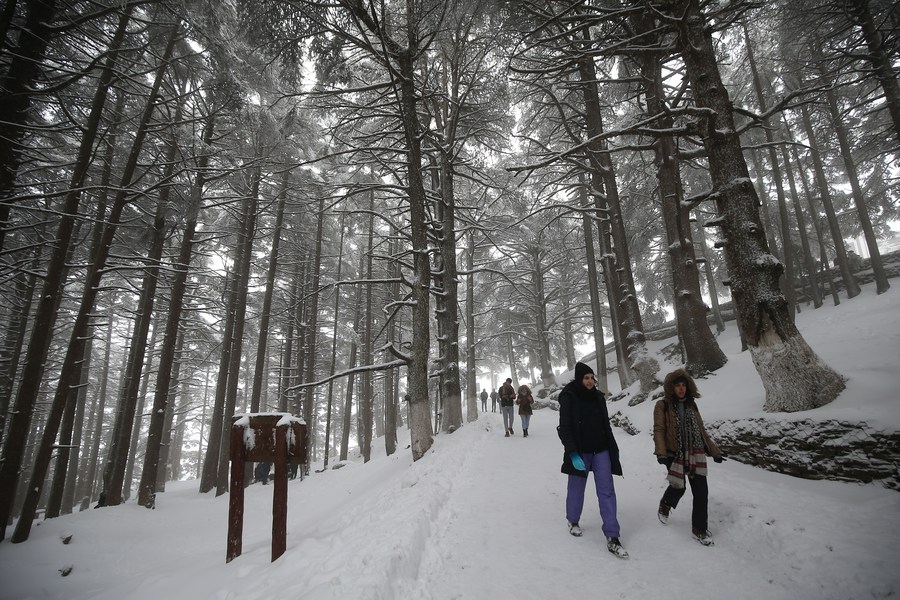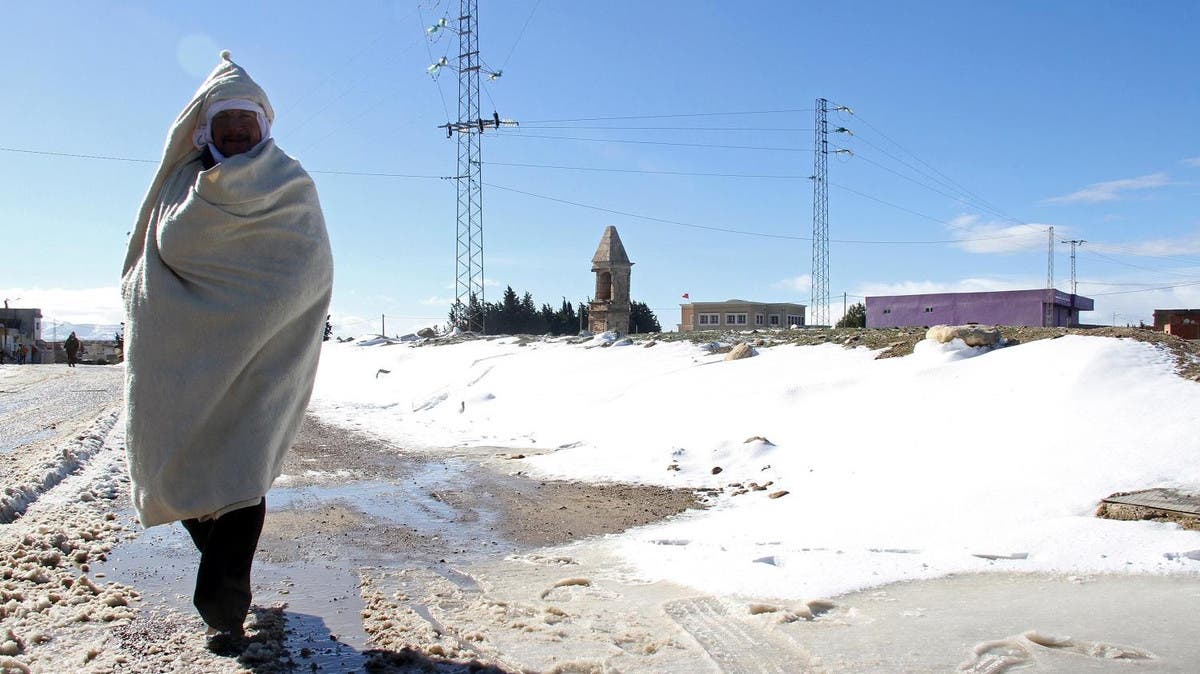Africa, the world’s second-largest continent, is often associated with scorching heat and vast deserts. However, it may surprise you to learn that it snows in African parts.
Does it Snow in Africa?
Yes, it does snow in Africa. Despite being the hottest continent, certain regions in Africa, particularly those with higher altitudes and mountainous areas, experience snowfall. These locations, especially those farther from the equator, experience cooler temperatures in some specific months.
Where Does it Snow in Africa?
Snowfall in Africa is primarily confined to the mountainous regions. Here are some of the African countries where snow graces the landscapes:
South Africa: Known for its top skiing resorts, South Africa regularly witnesses snowfall in the Drakensberg Mountains. Johannesburg, located on a Highveld plateau, experiences sub-zero temperatures during winter nights, leading to frost and occasional snowfall.

Lesotho: This high-altitude country is one of the few places in Africa where snowfall is a common occurrence.
Nestled on the border of South Africa, Lesotho is a country where snowfall is a regular occurrence. With its lofty peaks and high-altitude terrain, Lesotho experiences chilly winters that last from June to August. During this time, temperatures plummet to sub-zero levels, reaching as low as 0 degrees Celsius. The sight of Lesotho’s snow-capped mountains is truly awe-inspiring.

Morocco: The Atlas Mountains in Morocco receive snow from November to April every year.
Located on the northwest corner of Africa, Morocco boasts a unique geographical position. The influence of the Mediterranean Sea and the Atlantic Ocean contributes to Morocco’s varied climate, including snowfall in certain regions. During the winter months, temperatures can drop from -5 degrees Celsius to -8 degrees Celsius, depending on the specific zone. From December to February, Morocco reveals its enchanting snowy landscapes.

Algeria: The Tell Atlas in Algeria also experiences occasional snowfall.
Snowfall in Algeria is a fascinating phenomenon. Despite its location in North Africa, known for its arid climate, Algeria experiences snow during the winter months, particularly from December through February. The Tell Atlas region, situated at a higher altitude, is especially prone to this weather pattern. The sight of snow in this region provides a stark contrast to the typical desert landscapes associated with Algeria. However, it’s important to note that these snowy conditions are more the exception than the norm in Algeria, making them all the more intriguing. This unique weather pattern adds to the diverse climate of Africa.

Tunisia: This North African country sees snowfall in its mountainous regions.
Tunisia, a North African gem, is known for its rich history, beautiful beaches, and vibrant markets. However, it also holds a lesser-known secret – it snows in Tunisia! Yes, this Mediterranean country experiences snowfall, but it’s not a common occurrence. The snow in Tunisia is primarily seen in the northern mountainous regions. The peak snowfall occurs from December to February, transforming the landscapes of Jebel Zaghouan and Jebel Ech Chambi into winter wonderlands. This rare event adds a unique charm to Tunisia’s diverse climate and terrain. So, if you’re planning a winter visit, you might just be lucky enough to witness this beautiful spectacle. Remember, Tunisia is not just about the warm beaches and ancient ruins; it’s also about the rare and beautiful snowfall that adorns its mountains.

Tanzania: Mount Kilimanjaro, Africa’s highest peak, is another notable location where snowfall occurs.
Reaching for the sky, Mount Kilimanjaro proudly claims the title of Africa’s highest peak. Standing tall amidst Tanzania’s landscape, this majestic mountain experiences a colder climate due to its elevation and equatorial trade winds. As climbers ascend, temperatures can plummet to bone-chilling levels, reaching as low as -15 to -29 degrees Celsius. The months of June, July, August, and September bring the possibility of encountering snow on Africa’s iconic summit.

Uganda: The Rwenzori mountains in Uganda are known to receive snow.
In the border region shared with the Central African Republic, Uganda houses the mighty Rwenzori Mountains. Known for their extreme cold, these mountains harbour glaciers, snow, and ice. With temperatures ranging from 20 degrees Celsius to sub-zero, the Rwenzori Mountains provide a unique opportunity to witness snowfall in Africa’s heart.

Ethiopia: The Simien mountains in Ethiopia are another location where snowfall is observed.
Ethiopia, a country known for its diverse culture and stunning landscapes, also has a unique climatic feature – snowfall. Yes, the land of ancient civilizations and breathtaking highlands experiences snow, particularly in its mountainous regions. The Simien Mountains, Bale Mountains, and parts of the Amhara region are among the areas where snowfall is observed. This usually happens between late December and early March. The snowiest month in Ethiopia is typically January, with snowfall most common in the northern and central highlands. However, it’s important to note that while snowfall in Ethiopia is a reality, it’s not a widespread phenomenon. Most Ethiopians live in areas where the climate is much warmer, and snow is a rare sight.

Why Doesn’t it Snow in Africa Most Parts?
Most of Africa, stretching from 35°S to 37°N latitude, is located in the tropics. Due to the intense and frequent heat along the Cancer tropics, Africa has a hot climate in most regions. However, in the north and some parts of southern Africa, they experience cooler weather that results in snow.
Is There a Winter Season in Africa?
In most African countries, the main seasons are the dry season, categorized as windy or harmattan, and the rainy season. Nevertheless, other African countries still have winter in their climate seasons.
In conclusion, while Africa is predominantly warm, the continent’s diverse geography allows for the beautiful spectacle of snow in African higher altitudes. So, the next time you think of Africa, remember that it’s not just about the heat and the deserts, but also about the frosty peaks that adorn this magnificent continent.